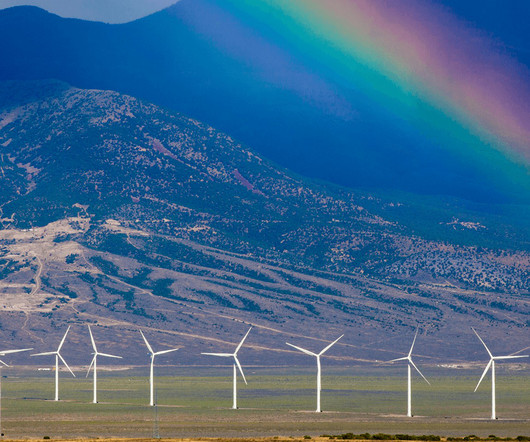DOE Regional Partnership Initiates CO2 Injection in Lignite Coal Seam
Green Car Congress
MARCH 11, 2009
A US Department of Energy/National Energy Technology Laboratory (NETL) team of regional partners has begun injecting CO 2 into a deep lignite coal seam in Burke County, North Dakota, to demonstrate the economic and environmental viability of geologic CO 2 storage in the US Great Plains region.












Let's personalize your content